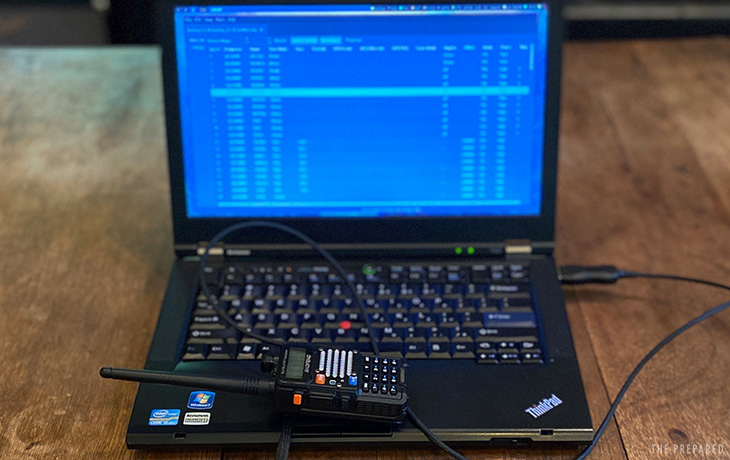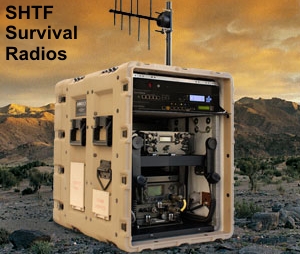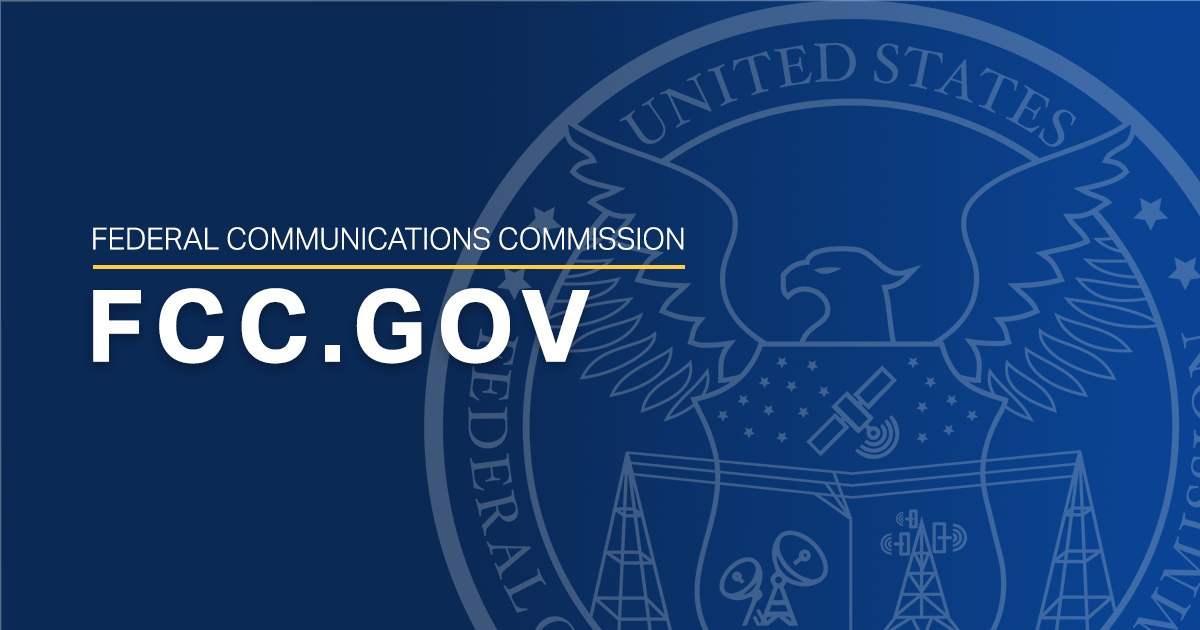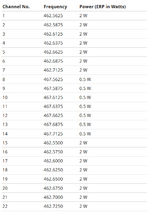Bronze Supporter
- Messages
- 8,274
- Reactions
- 18,061
Archive of the former 73 Magazine. Nifty.
Follow along with the video below to see how to install our site as a web app on your home screen.
Note: This feature may not be available in some browsers.


It's pretty easy to get the Technician's license these days. The question pools and practice exams are free online at hamexam.org. If you go through the material casually it should take about two weeks to be ready to take the test. The test is the exact same format as the practice exams and they use the current question pool.I went threw the ham lic class when I was in high school many years ago. Missed a passing grade bc of ... who knows.
Now I find myself more then twice as old and wanting to get back into it. I told my wife after getting home from hunting camp about it. I said I want to accomplish two things for our household. Communication and water supply and sanitation.
This thread is the best I've found yet.
Thanks for putting it together. The excessive amount of info will be a bit to digest but I'll get there.
Thanks Jake
I can see being able to send packet radio, but how many on the receiving end would be able to receive and then do anything with itHas anybody done an ultra-portable 2M packet radio system with a smartphone and a handheld?
Not APRS, but old school packet radio.
I more or less understand packet radio and vaguely understand APRS. It seems to me the benefit of old-school packet radio is that in a severe SHTF situation (e.g., EMP/CME) that APRS digipeaters, which seem like a "server", could be non-functional, and therefore the whole APRS system would/could be not working in a given locale?
Whereas packet radio is more of a "mesh" serverless network, so could be more easily setup ad-hoc to share digital info, albeit more free form and slower than APRS?
I can see being able to send packet radio, but how many on the receiving end would be able to receive and then do anything with it
I am more intrigued with getting set up to do Morse code on HF with very low power.
@RaceFan nice. Yes, you could use the Baofeng for GMRS frequencies.
Do you use CHIRP for programming? If yes, I can send you a .CSV file that includes pre-programmed memory channels for FRS, GMRS, MURS, NOAA.
Folks, if anyone else wants the .CSV file for CHIRP please send me a private message with your email address.
The .CSV file is an export from CHIRP for the programmed memory channels I setup on my radios. You likely have different needs for repeaters based on your geographic location, but FRS, GMRS, MURS, and NOAA are a nice, common baseline.

@RaceFan nice. Yes, you could use the Baofeng for GMRS frequencies.
Do you use CHIRP for programming? If yes, I can send you a .CSV file that includes pre-programmed memory channels for FRS, GMRS, MURS, NOAA.

